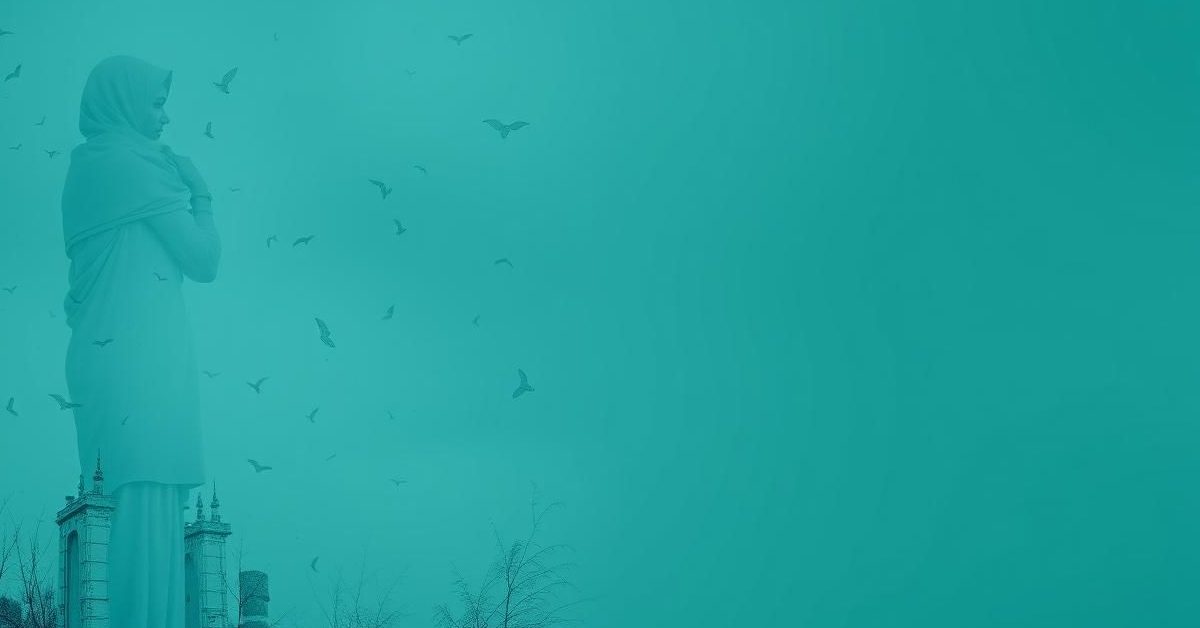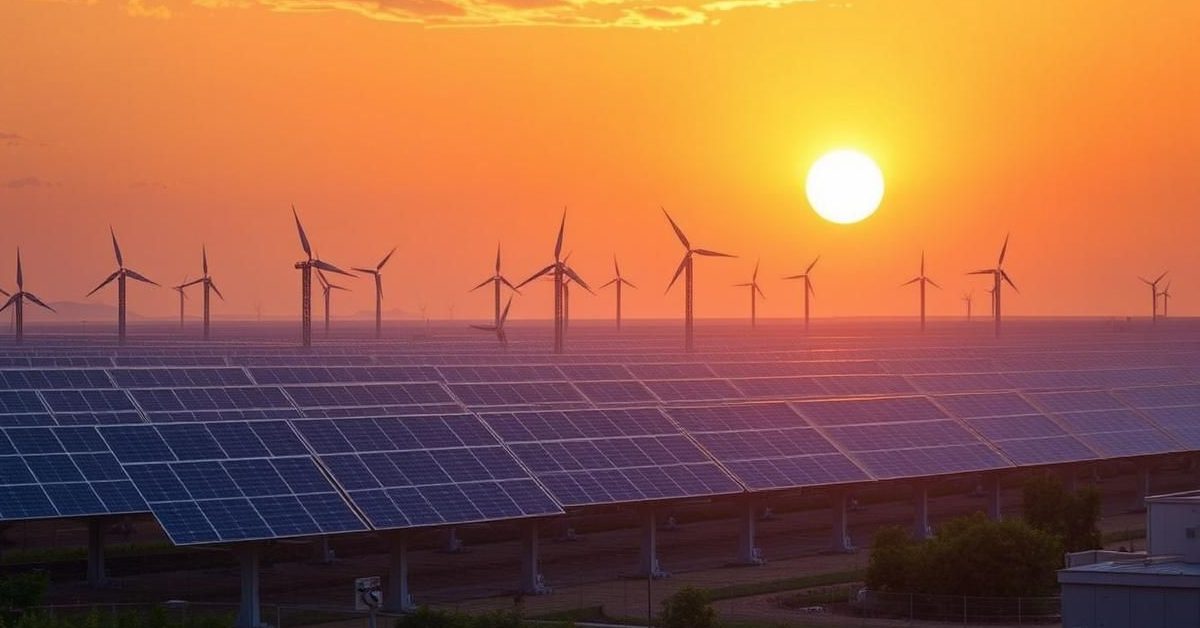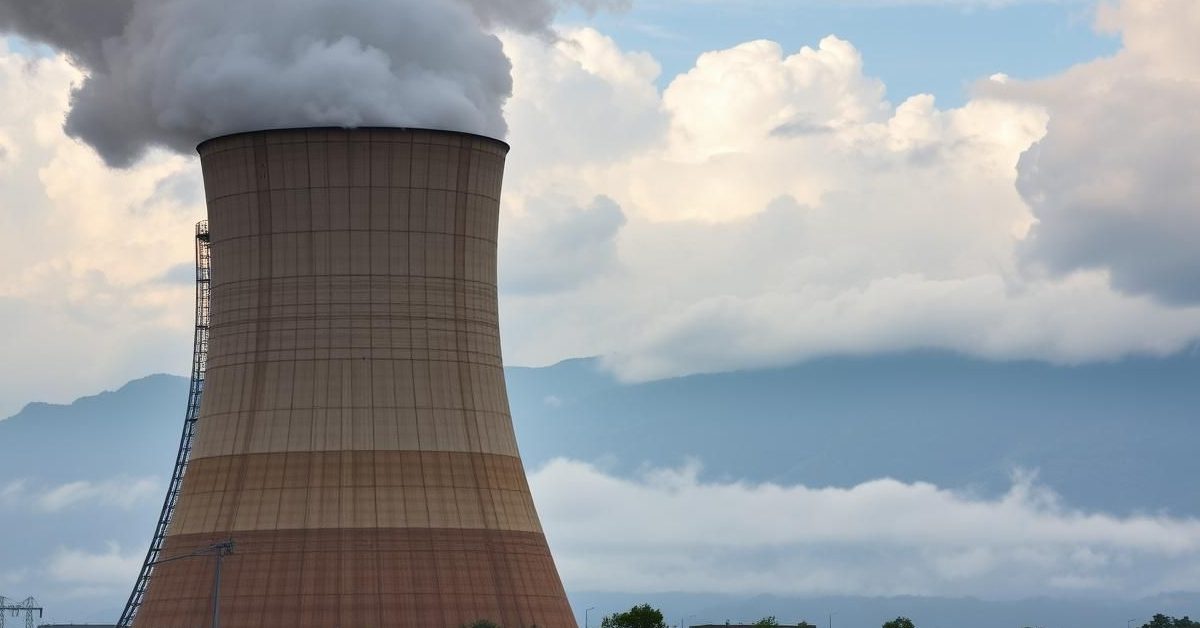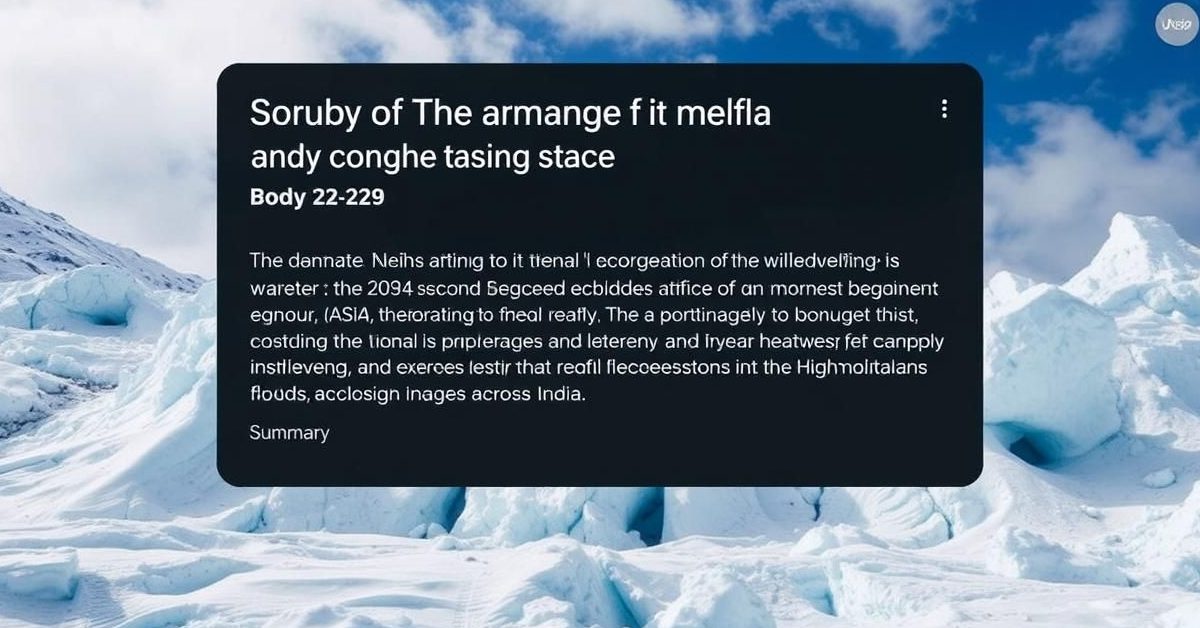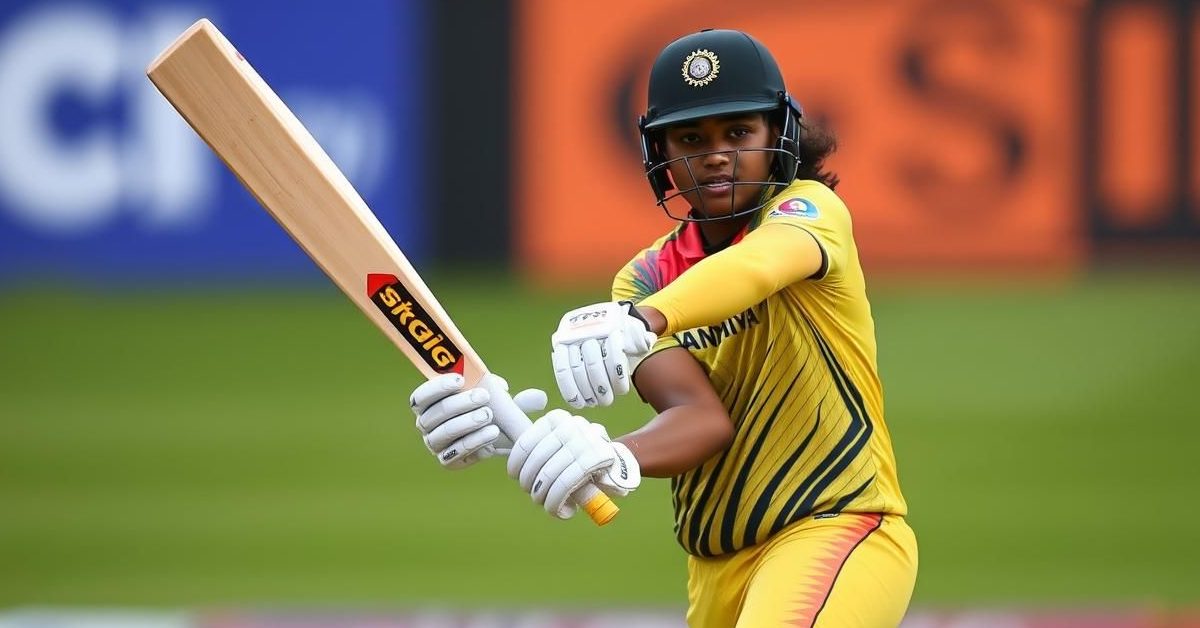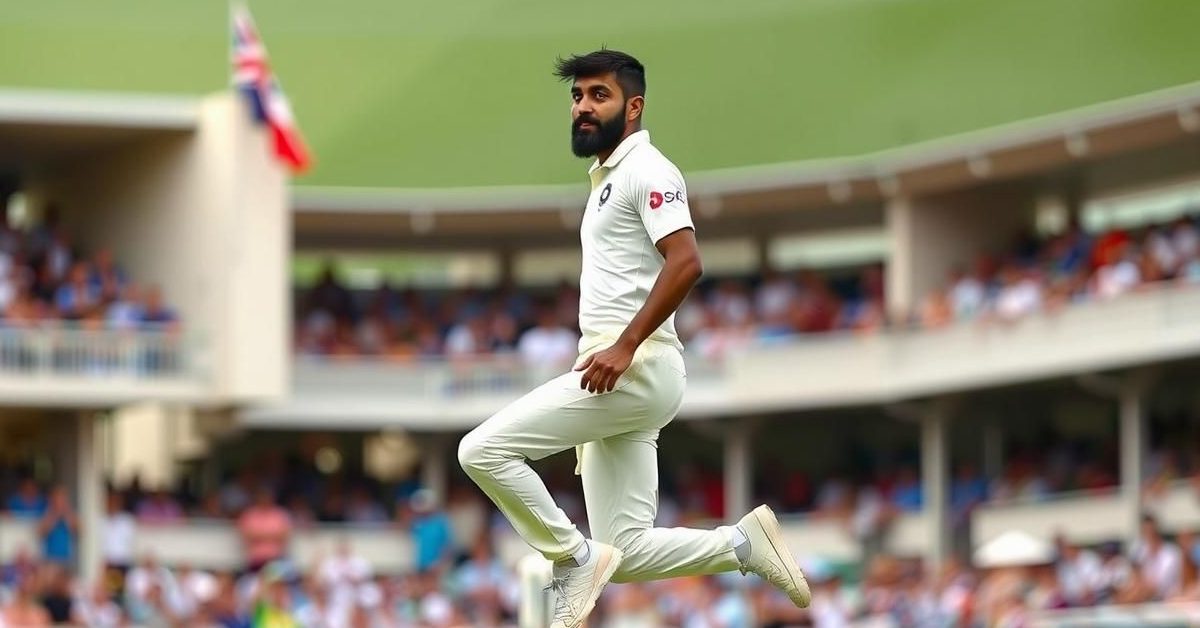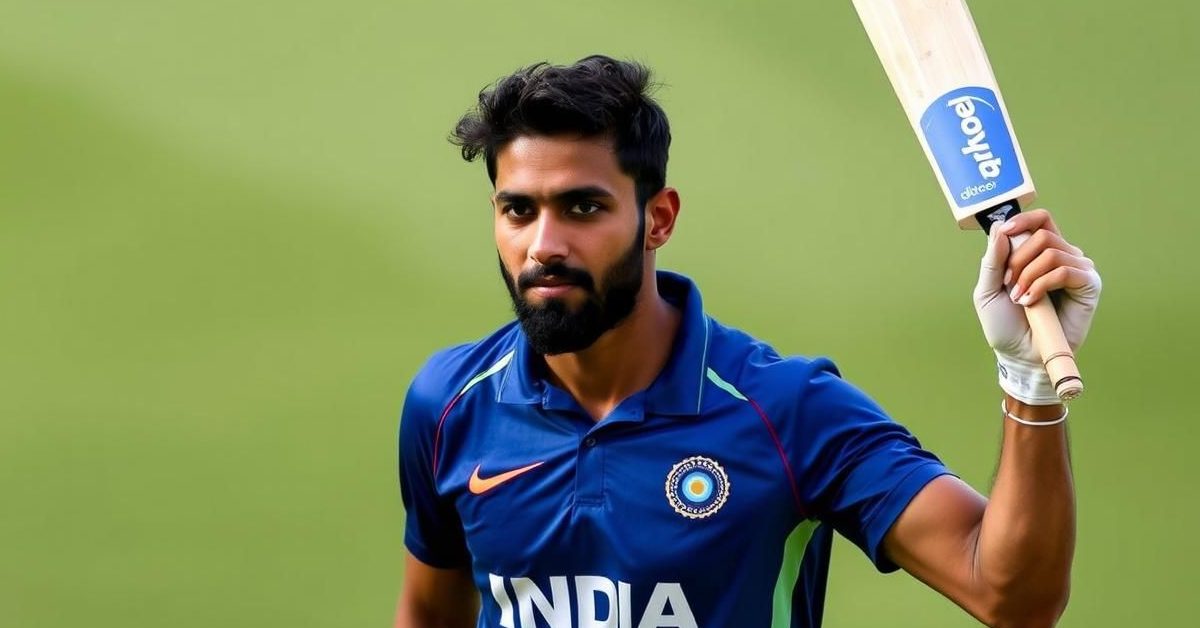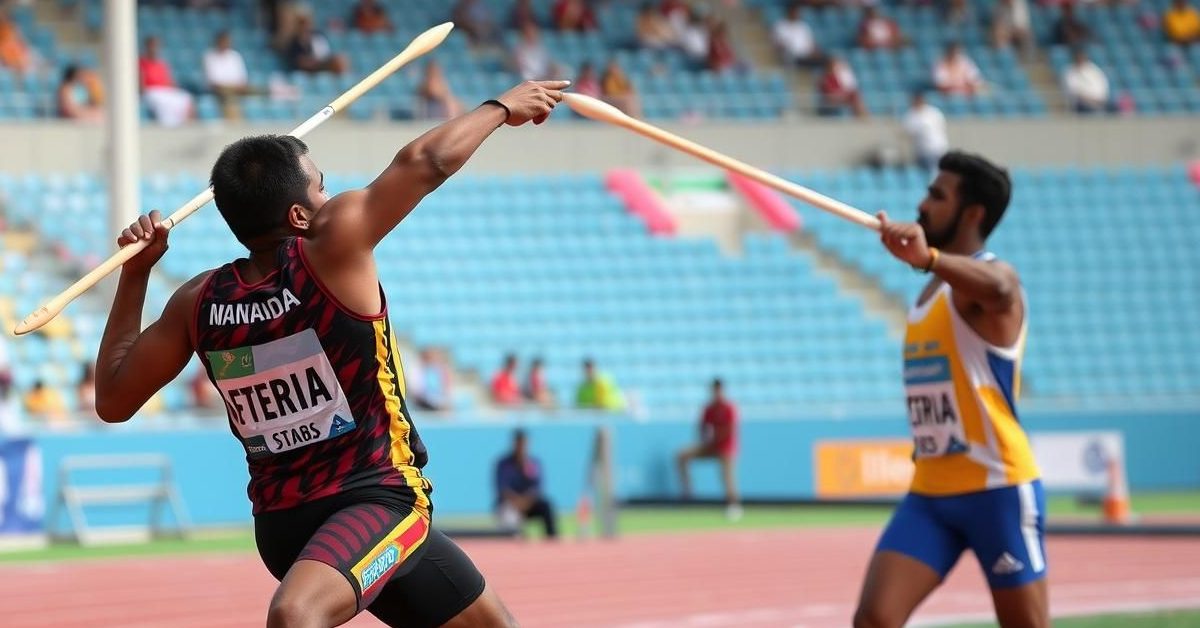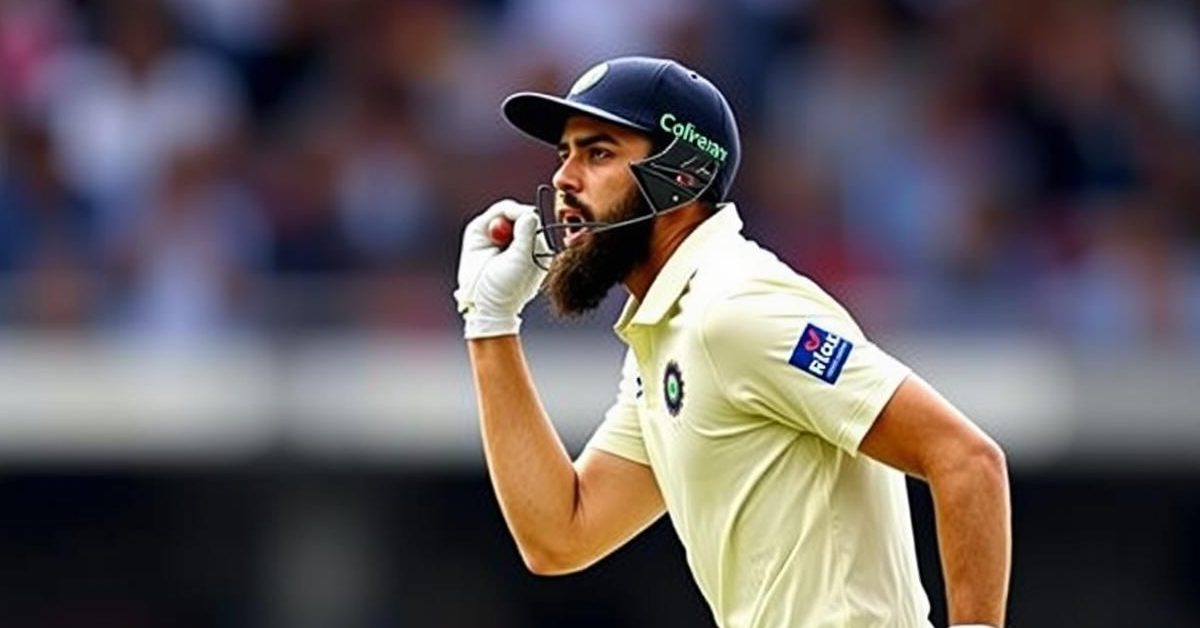The global understanding of poverty is undergoing a significant recalibration. The World Bank, a pivotal institution in international development, recently adjusted its global extreme poverty line, a move with profound implications, particularly for a nation like India. This revision isn’t merely an administrative tweak; it reflects evolving economic realities and challenges us to rethink how we measure human progress.
The World Bank’s Landmark Shift: A New Global Poverty Benchmark
The World Bank recently made a significant announcement, adjusting its global extreme poverty line. Previously set at a daily consumption of less than $2.15, this critical threshold has now been raised to $3 a day. This seemingly small increment, when applied globally, can dramatically shift the landscape of poverty statistics.
This adjustment is primarily a response to escalating global inflation and the rising cost of living worldwide. The new $3-a-day figure aims to more accurately capture the minimum expenditure required to meet basic needs in today’s economic climate. It’s about ensuring that the benchmark truly reflects the purchasing power needed for survival, accounting for the reality that goods and services simply cost more now.
Understanding the International Poverty Line: A Historical Perspective
The concept of a universal “dollar-a-day” poverty line originated in 1990. A collaboration between independent researchers and the World Bank meticulously analyzed national poverty lines from some of the world’s most impoverished nations. To make these disparate figures comparable, they were converted using Purchasing Power Parity (PPP) exchange rates. PPP is a crucial economic tool that ensures the same quantity of goods and services is priced equivalently across different countries, effectively stripping away currency exchange rate fluctuations.
This initial analysis revealed that in many low-income countries around the 1980s, the national poverty line approximated $1 per person per day (in 1985 prices). This became the foundational “dollar-a-day” international poverty line. As global economies evolved and prices inevitably rose, the World Bank periodically updated this line to maintain its relevance, leading to the current $3 a day benchmark. These adjustments are vital for policymakers and development organizations to accurately gauge global poverty trends and the effectiveness of their interventions.
India’s Poverty Landscape: Navigating New Benchmarks
The World Bank’s revised poverty line has cast a new light on India’s impressive strides against extreme poverty. According to the latest data from the World Bank, when applying the new $3 a day threshold for 2022-23, India’s extreme poverty rate sharply declines to 5.3 percent. This marks a dramatic reduction from 27.1 percent in 2011-12.
In sheer numbers, the progress is even more striking: the population living in extreme poverty within India has fallen from an estimated 344.47 million people to just 75.24 million over an eleven-year period. This indicates a significant improvement in the living conditions for hundreds of millions of Indians, even under a more stringent poverty definition.
Beyond the extreme poverty line, the share of Indians living below the revised lower-middle-income category (LMIC) poverty line of $4.20 per day (up from $3.65 in 2017 prices) also witnessed a substantial drop. It decreased from 57.7 percent in 2011-12 to a more encouraging 23.9 percent in 2022-23. In absolute terms, this means the number of people in this category decreased from 732.48 million to 342.32 million. These figures, derived from the World Bank’s World Development Indicators database and India’s Household Consumption Expenditure Survey, paint a compelling picture of poverty reduction in the world’s most populous nation.
India’s Own Journey: Domestic Poverty Estimation Efforts
Historically, India has been at the forefront of poverty estimation methodologies, with its approaches and data collection influencing global practices. For decades, the nation has grappled with the complex task of defining and measuring poverty within its diverse population.
India’s most recently recognized official poverty line dates back to 2011-12, established using a formula proposed by the Tendulkar Committee in 2009. This committee recommended specific daily per capita expenditures: initially Rs 29 for urban areas and Rs 22 for rural areas in 2009, which were later adjusted to Rs 36 and Rs 30 respectively for 2011-12.
In 2014, a new committee, headed by former RBI Governor C. Rangarajan, was commissioned to propose an updated methodology. The Rangarajan committee suggested raising the domestic poverty line to Rs 47 per person per day in urban areas and Rs 33 in rural areas. However, these recommendations were never formally adopted by the government. Since then, India has increasingly relied on alternative metrics, including the World Bank’s international poverty lines or its own National Multidimensional Poverty Index (MPI), for a comprehensive understanding of poverty within its borders.
Beyond Income: The Power of Multidimensional Poverty Measurement
While income or expenditure-based poverty lines offer a snapshot of economic deprivation, they often fail to capture the holistic reality of poverty. Recognizing this limitation, the concept of Multidimensional Poverty has gained prominence, providing a broader, more nuanced understanding of deprivation.
Traditionally, poverty has been quantified solely by income levels or, in their absence, expenditure levels, using “poverty lines” as minimum thresholds. However, true poverty encompasses more than just a lack of money; it involves deprivations across various aspects of life.
The Global Multidimensional Poverty Index (MPI): A Holistic View
The Global Multidimensional Poverty Index (MPI), first launched in 2010, represents a significant leap forward in poverty measurement. Published annually by the Oxford Poverty and Human Development Initiative (OPHI) and the Human Development Report Office of the United Nations Development Programme (UNDP), the MPI directly aligns with Sustainable Development Goal (SDG) 1, which aims to end poverty in all its forms everywhere.
The MPI fundamentally differs from income-based measures by assessing interconnected deprivations across a range of indicators related to SDGs 1, 2, 3, 4, 6, 7, and 11. It utilizes 10 indicators categorized into three equally weighted main areas:
* **Health:** This dimension includes nutrition and child & adolescent mortality.
* **Education:** It covers years of schooling and school attendance.
* **Standard of Living:** This crucial dimension incorporates six household-specific indicators: housing, household assets, cooking fuel, access to sanitation, drinking water, and electricity.
The Global MPI report highlights a strong correlation between countries with lower Human Development Index (HDI) values and higher MPI values, indicating greater multidimensional poverty. However, it also underscores that a substantial number of people experiencing multidimensional poverty reside in medium HDI countries, with India alone accounting for 234 million people—the largest number globally. Other nations with high numbers include Pakistan (93 million), Ethiopia (86 million), Nigeria (74 million), and the Democratic Republic of the Congo (66 million). India’s MPI value stands at 0.069, where lower values signify better performance in addressing multidimensional poverty.
India’s National MPI: Tailoring the Measurement for Domestic Reality
Recognizing the need for a granular, context-specific assessment, India’s NITI Aayog, the government’s premier public policy think tank, collaborated with UNDP and OPHI to develop a National Multidimensional Poverty Index. This domestic MPI is designed to monitor multidimensional poverty at the national, state, and even district levels, providing invaluable insights for targeted policymaking.
Similar to the global MPI, India’s National MPI comprises three equally weighted dimensions: health, education, and standard of living. However, it expands the number of indicators to 12, offering a more detailed view of deprivations relevant to the Indian context. These indicators include nutrition, child and adolescent mortality, maternal health, years of schooling, school attendance, cooking fuel, sanitation, drinking water, electricity, housing, assets, and bank accounts. This comprehensive framework empowers Indian policymakers to identify specific areas of deprivation and tailor interventions to uplift the most vulnerable populations across the country.
The Broader Significance: What These Numbers Truly Mean
The evolving poverty lines and the adoption of multidimensional indices are more than just statistical exercises. They represent a global and national commitment to understanding the complex face of poverty. By refining how we measure it, we improve our ability to design effective policies, track progress, and ultimately, build a more equitable world.
The World Bank’s updated figures for India, whether through the $3-a-day extreme poverty line or the $4.20 LMIC threshold, along with the insights from both Global and National MPIs, underscore a significant narrative of progress. Yet, they also highlight the persistent challenges that remain. These data points are vital tools, guiding governments, international organizations, and civil society in their collective efforts to ensure that every individual has the opportunity to lead a life free from the debilitating grip of poverty.
